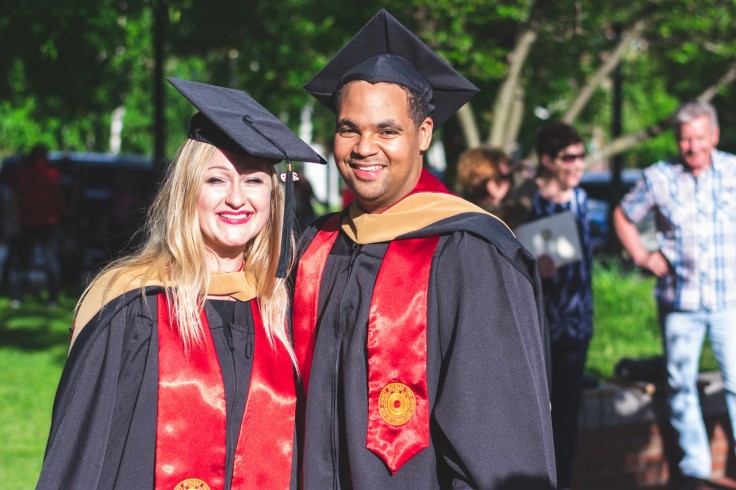United States Ranks Low on Education Among 71 Countries, Experts Blame Government Spending
By
After ranking countries based on their academic and health standards, the study found that as of 2016, the US ranked 27th in the world - behind a number of top Nordic countries including Finland, Iceland, Denmark, and the Netherlands based on various indicators.
This comes as little surprise in view of the universal and publicly funded healthcare services in these countries. The US, on the other hand, is one of the few developed nations that, according to The Atlantic, lack universal healthcare.
The US is faring even worse when it comes to education. The Pew Research Center's latest findings have the US ranked 38th out of 71 countries in terms of math scores and 24th in terms of science.
Maybe the study's biggest surprise is how far the US has fallen in the ratings. In 1990, for its education and health rates, the US ranked sixth in the world-21 spots ahead of where it now sits.
So, what has happened over the past 30 years? One possible explanation is the decline in US spending on primary and secondary education, which fell by 3% from 2010 to 2014 according to US News even when the student population grew by 1%.
This is a sharp contrast to developed nations like the United Kingdom or Portugal, where from 2008 to 2014 education spending increased by over 25%. According to another report, education spending in Turkey - the nation with the most dramatic improvement in health care and education rates - has increased by 76%.
Apparently, the US may have a problem with how it spends its money. This decrease in spending appears to have had a significant impact on the educational achievement of America, which has also declined over the past few decades.
Although the nation still spends more per student than most of its peers, over the past 30 years, most countries that have seen a rapid improvement in their rankings have implemented major policy reforms. These include offering equal funding for different locations for schools, expanding student assessments, and tailoring curricula to the strengths of students.
Countries with the most significant improvements in education and health care - Turkey, China, and Brazil in particular- have reported faster per capita GDP growth. This leads the study to conclude that investment in education and healthcare could be related to the economic performance of a nation, and progress in these areas could result in faster economic growth.
Education levels across the US also vary substantially. To calculate which states were the most and least educated in the country, WalletHub compared all 50 states across 15 different metrics. They looked at statistics on the educational achievement of adults over 24 years of age, the quality of local education, and the gaps in racial and gender education.
Here are the top 10 most educated states in the US based on the population's educational attainment and other metric data:
1. Massachusetts
2. Maryland
3. Connecticut
4. Vermont
5. Colorado
6. Virginia
7. New Hampshire
8. Minnesota
9. Washington
10. New Jersey
Illinois Education Association President Cinda Klickna noted that educational achievement can have a significant impact on local communities. She explained that achievement in education creates a strong economy and that every community can attract and retain high-quality workers, create an economic engine and increase productivity, which all rely on a country's strong focus on education.
© 2025 University Herald, All rights reserved. Do not reproduce without permission.








